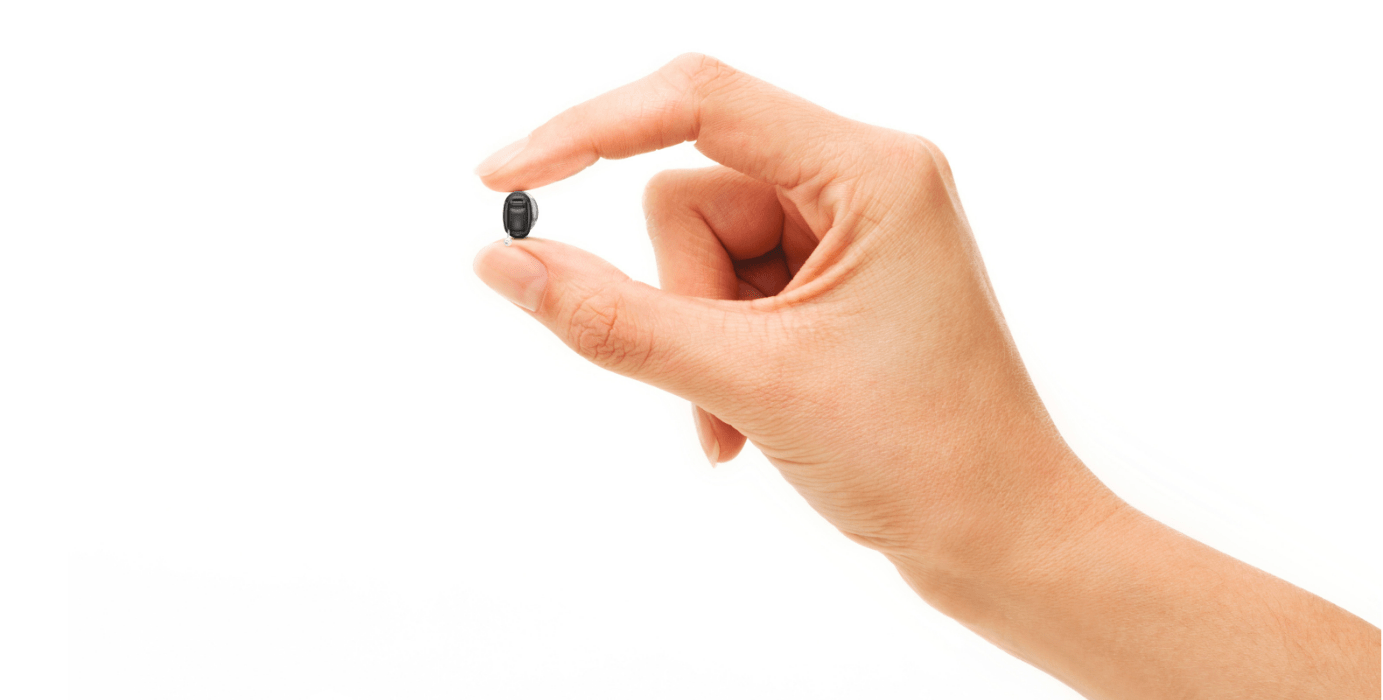
5 tips to help your clients care for their custom hearing aids
These simple maintenance tips don’t take long and will ensure the longevity and good working order of your client’s in-the-ear (ITE) custom hearing aids.
“The volume keeps going up and down” … “My hearing aids aren’t working when I switch them on” … “Peoples’ voices are too soft” … “I hear a crackling sound”.
Do these complaints sound familiar? I bet they do. They are especially common coming from clients who wear ITE custom hearing aids because of problems related to the devices being placed inside the ear.
Fortunately, these complaints can often be avoided by instructing your clients on how to care for their hearing aids. With your guidance, they can provide the routine maintenance needed to keep their devices in good working order.
Main culprits of hearing aid destruction – Cerumen and moisture
First, let’s talk about two of the most popular problems that ITEs face: Cerumen and moisture build-up. The roots of all evil for hearing aids and one reason for hearing aid destruction.
Cerumen
Cerumen (or earwax as it is more popularly known) is one major source of ITE damage because inserting the device into the ear stops the wax from its natural progression down the ear canal.
Whenever your client inserts their hearing aid, it can pick up some ear wax and clog up hearing aids ports like the battery door, microphone openings and volume and push button controls. And if makes its way in far enough internally, it can cause the delicate parts of the device to degrade, damaging the vital components of the hearing aid.
Moisture
Moisture is another bane of hearing aids. Moisture includes anything that has a water content in it. So, if you practice somewhere where there is high humidity, this is especially important.
Even though the hearing aids are sealed and glued, moisture can still enter through ports and openings (e.g., the microphone openings, the battery doors, the volume, or push buttons). The salt content in the moisture can corrode the internal components and the battery contacts and short circuit the hearing aid. And prolonged exposure can cause a lot of damage and affect hearing performance.
5 tips to give your clients to help keep their ITEs in good working order
- Clean and inspect devices daily.
Like brushing their teeth every morning, cleaning devices should be part of your client’s daily routine. They can do this with disinfectant wipes, soft cleaning cloths or cleaning tablets that are dedicated for hearing aids and earmolds.
By simply wiping the hearing aids, they remove the surface cerumen and dirt that is on the outer surface, reducing the buildup around the microphones, volume/push button controls, vents and battery door. - Protect devices when ‘getting ready’.
Applying hair spray, perfume or cosmetics while wearing hearing aids can do damage. The fine particles from these products can clog the hearing aid microphone outlet and volume controls, damaging the hearing aids. It is best if hearing aids are not worn when applying these products. - Keep devices dry.
Hearing aids need to be kept dry to avoid moisture build-up. In the event they do get wet, your clients need not worry. By using a cleaning and drying system like drying capsules or electronic like drying kits with a built in UV-C light, the moisture can be drawn away from the hearing aids.
The kits with UV-C light helps to reduce the accumulation of germs and therefor risk of skin infections in and around the ear. This can be used daily or weekly. - Replace wax filters regularly.
Wax traps can get clogged and will need regular replacing. Remind your clients that the moment voices sound muffled, or they put in a fresh battery and the hearing aid isn’t working, it is possible the wax filter is full and needs to be replaced. - Practice good storage habits.
When your clients are not wearing their hearing aids (e.g., at night), opening the battery door and removing the battery helps for two reasons. One, it helps moisture escape from the hearing aid and battery, and two, it helps conserve power and reduce battery corrosion.
Encourage your clients to get into the habit of always putting their devices into their case when they take them out. Devices should be stored in a room that has low moisture or humidity, and always safely out of reach of children or pets.
With these simple tips, your clients can maintain their custom ITEs and keep them in good working order for many years to come, and you’ll hear less of those complaints in your office!
To learn more about Phonak custom products, please visit the Virto Paradise product page.
Find resources for custom products here.
